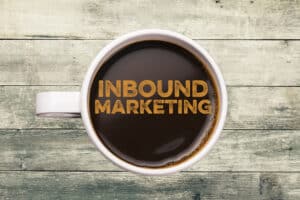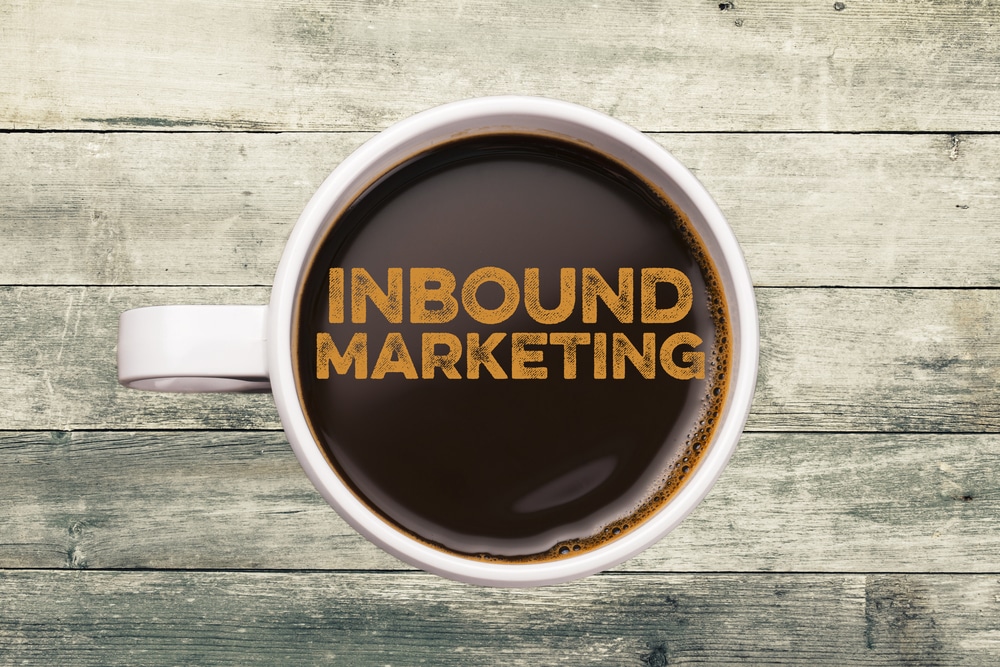
1. Knowing Your Audience
You cannot be all things to all people — who is your audience? In other words, who is your ideal customer? The more you can narrow your focus, the more effectively you can reach your audience, because you will know where they are and what they need. Having a complete idea of your audience will save you time and money spent on marketing to people who do not find your organization’s efforts applicable to them. If you know your audience well, you can leverage whatever outlets will most effectively reach them.
Bottom line: The more you know about the type of person who supports what you do, the better chance you have at finding more people just like them.
2. Connecting and Interacting with your Audience
Inbound marketing strongly contrasts the old door-to-door persuasion tactics, and instead focuses on drawing your audience to you through useful information. This approach builds a relationship and a level of trust between you and your audience before ever meeting face to face. Inbound marketing leverages tools such as blogging, social media, and email marketing to connect with your audience in an effective and affordable way. Although social media sites can be very helpful, they are only helpful if you are putting that content in the right places.
For example, if you are posting your content to LinkedIn, but your audience is a stay-at-home mom who only uses the internet for DIY projects and recipes, the likelihood of your LinkedIn posts reaching her is very slim. Always remember, valuable content placed in the wrong context becomes worthless.
Bottom line: Content is everything, so develop, test, and measure your messaging across all platforms to find what resonates and motivates.
3. Shaping Your Message
The greatest advertisement will instantly become useless if the viewer is not impacted by the message itself. Your audience will only read what they feel will benefit them.
When shaping your message, don’t forget to include opportunities to interact with your audience. Encourage feedback and participation on your posts, advertise monthly contests that get people excited and engaged, and most importantly, drive people back to a specific page on your website where there is a strong call to action.
Bottom line: Action is everything, especially for non-profits. Make all of your promotions and calls-to-action about life-changing needs and specific opportunities.
4. Creating Consistent Content
Content tailored to your audiences’ needs, wants and desires is how you will turn leads into valued customers. Blogging, for example, is virtually free and is one of the most powerful marketing tools. If you do not have time to blog weekly, hire a ‘ghostwriter’ to blog for you so that your organization is consistently producing valuable and current information.
Another powerful way to distribute content is through online videos. People are much more likely to watch and retain a 3 minute video than read several pages of content.
Bottom line: Get that good, relevant, current content out there in every form across multiple channels. Stories move people, and technology makes it possible – and imperative – to spread the word.
5. Measuring your Efforts
This does not necessarily mean determining your ROI (Return On Investment), but rather measuring ROO (Return On Objectives), i.e. the amount of interaction that you are getting from your audience. Observe what people are clicking on, how many people are connecting with you on your social sites, who is visiting your site through a blog post or from a traditional marketing piece. You may not have immediately converted someone into a customer, but you have captured their information and are regularly connecting with them — which is building a relationship that will often lead to a long-term customer.
Bottom line: Determine what matters, and measure it. Remember, as with everything, what gets measured gets done.
In summary, inbound marketing involves knowing your audience and connecting with them on a personal level through a message that speaks to them. Inbound marketing uses relevant content that will increase traffic and allow you to measure your objectives through capturing your audience’s information.

